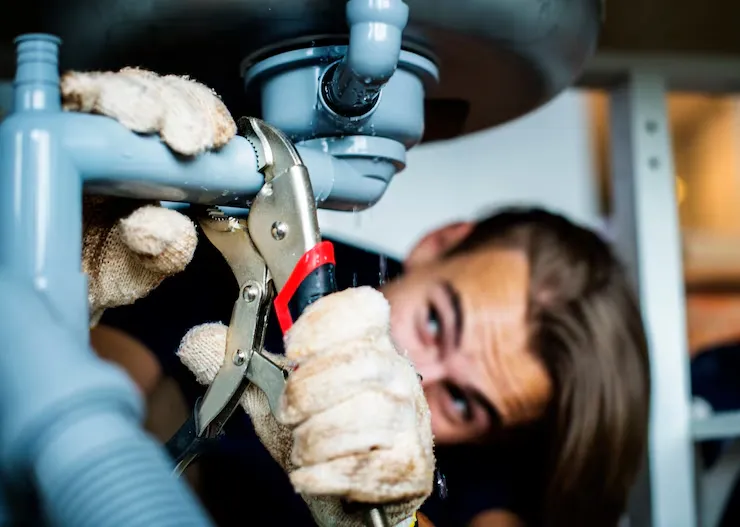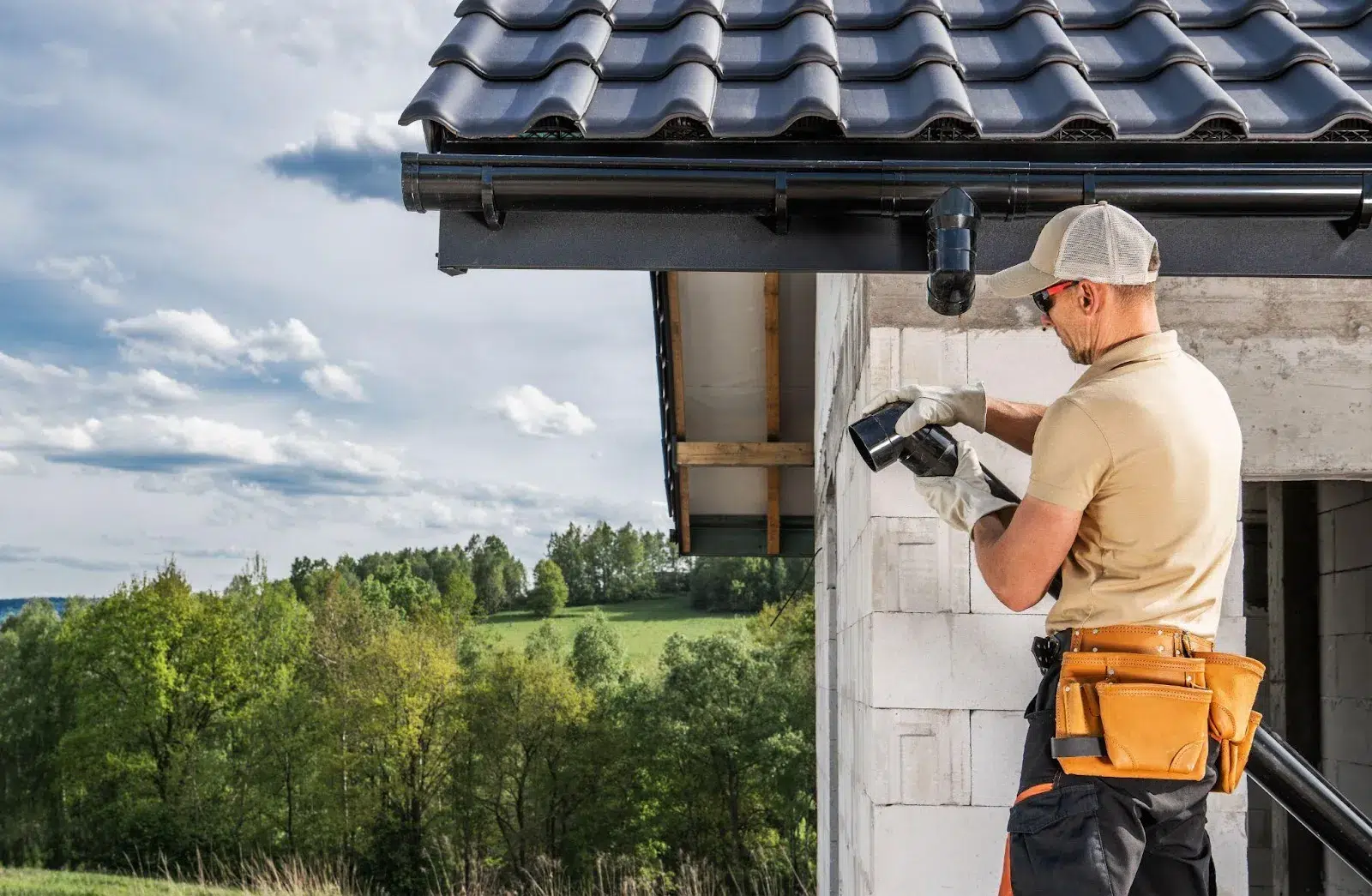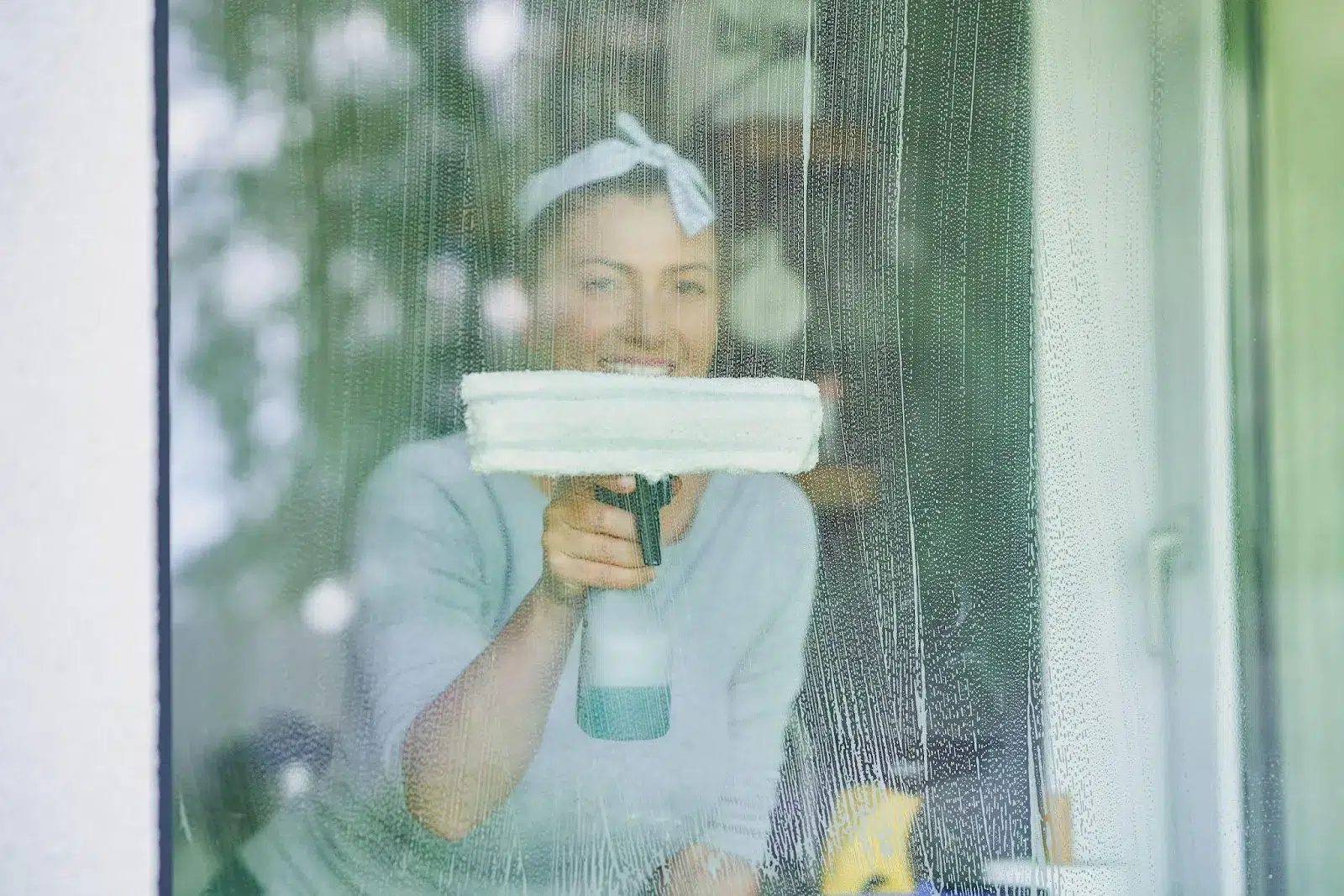Winter in Ontario brings cold temperatures, damp air, and unpredictable weather. While many assume it’s not the best time to paint a concrete floor in Toronto, the reality is more nuanced.
Slow drying times, poor adhesion, and moisture buildup can create challenges, but with the right preparation, it’s possible to get a smooth, long-lasting finish—even in winter.
Many homeowners and business owners face the same question: Can you paint concrete in the winter, or should you wait for warmer months?
The short answer—yes, but only if done correctly.
The biggest concern is ensuring the paint bonds properly and doesn’t peel, crack, or trap moisture. This is where expert techniques, quality materials, and professional help make a difference.
If you’re considering this project, you’re not alone. Whether you’re a homeowner refreshing a basement floor or a business preparing a commercial space, the right approach can help you achieve professional results.
In this article, we’ll explore everything you need to know—from potential risks to expert techniques—so you can paint with confidence, even in the middle of winter.
Can You Paint a Concrete Floor in Winter?
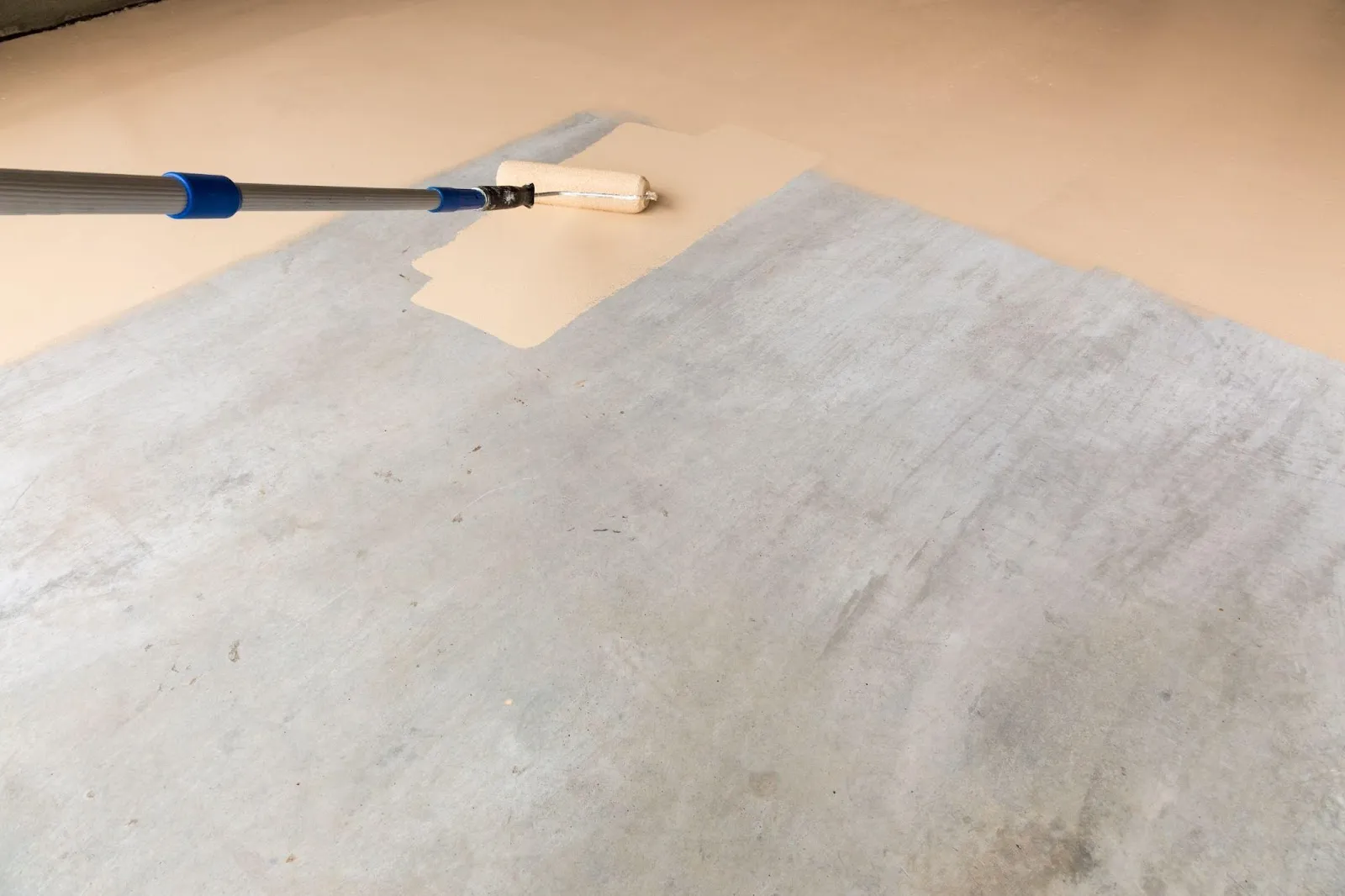
Painting a concrete floor in Toronto during winter isn’t as simple as grabbing a roller and getting to work. The cold temperatures, high humidity, and lack of ventilation can make the job much harder than it looks.
Paint takes longer to dry, struggles to bond, and can trap moisture inside the concrete. But does that mean it’s impossible? Not necessarily.
With the right materials, techniques, and preparation, you can still get a smooth, durable finish—even in the middle of winter.
PS: Read on Is it a good idea to paint a garage floor in Winter?
What Are the Temperature Requirements for Concrete Paint?
Temperature is everything when painting concrete. Most concrete floor paints need at least 50°F (10°C) or higher to bond properly.
But in Toronto, winter temperatures often drop well below that, especially in garages, basements, and commercial spaces without heating.
If the surface is too cold, the paint won’t cure correctly, leading to cracking, peeling, or flaking within weeks. That’s why professionals use cold-weather epoxy or specialized concrete coatings designed to handle lower temperatures.
How Cold Weather Affects Paint Adhesion And Drying Time
Cold weather slows everything down, and paint is no exception. Lower temperatures mean:
- Longer drying times – What should dry in hours can take days.
- Weaker adhesion – Paint struggles to stick to cold, damp surfaces.
- Trapped moisture – Concrete absorbs water, leading to bubbling and peeling later.
Without proper ventilation, the paint can also remain tacky for far longer than expected, making the surface vulnerable to dust, dirt, and smudging.
Best Conditions For Painting a Concrete Floor in Toronto’s Winter
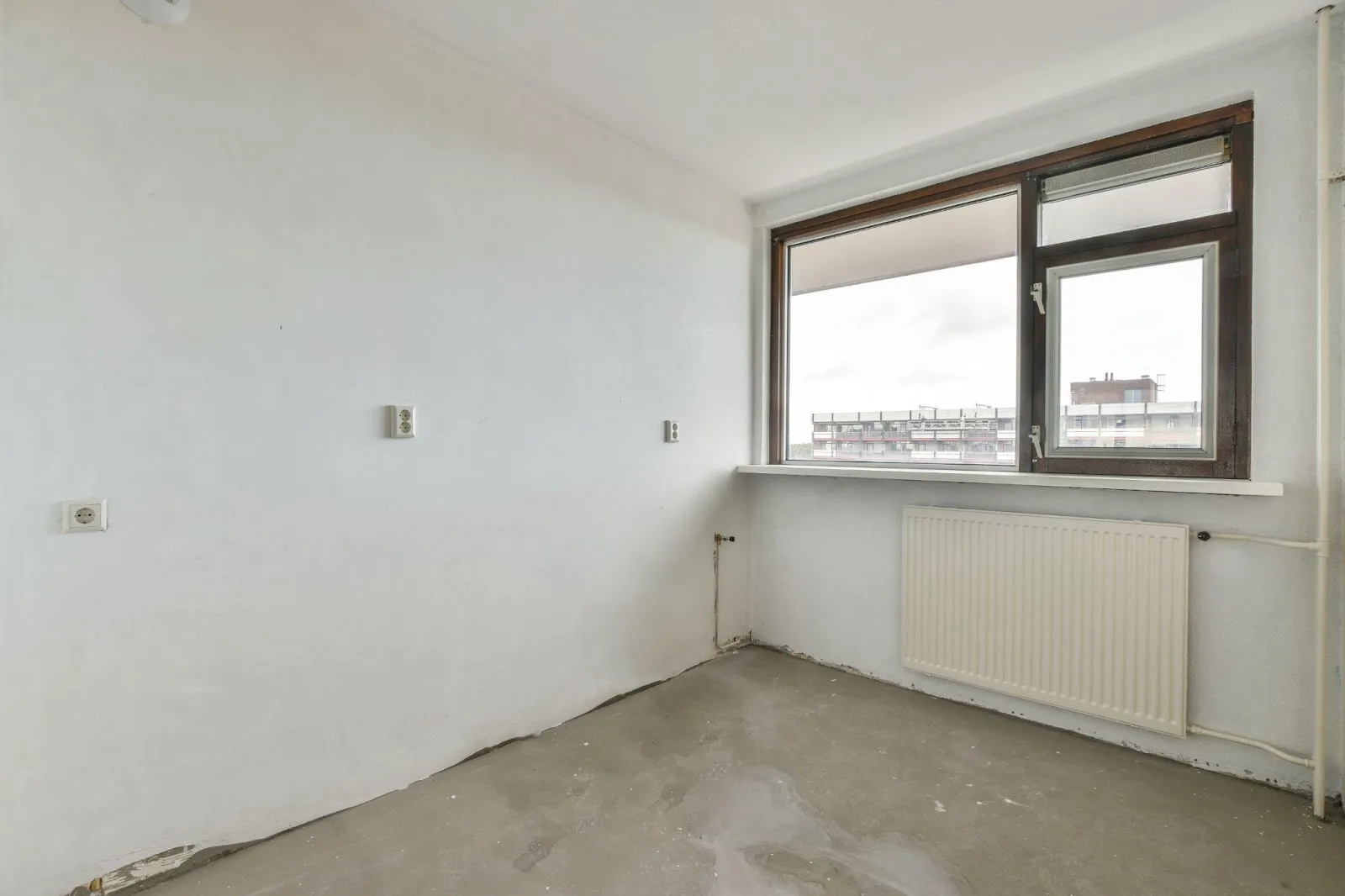
Painting a concrete floor in Toronto during winter isn’t impossible, but it does come with challenges. Cold temperatures, high humidity, and poor ventilation can all affect the final result.
- Using Space Heaters & Ventilation
If you’re painting in a garage or basement, using space heaters can help maintain a steady temperature. At the same time, proper ventilation is crucial to avoid trapping fumes and excess moisture.
- Indoor vs. Outdoor Painting
Indoor floors are much easier to paint in winter. Outdoor surfaces, like patios and driveways, should be avoided until spring, as freezing temperatures can cause paint to crack or peel before it fully cures.
What Are The Best Types of Paint For Concrete Floors in Cold Weather?
Choosing the right paint makes all the difference when working in low temperatures.
- Low-Temperature Paints
Some epoxy and acrylic paints are specially formulated to cure in colder conditions.
- Epoxy vs. Acrylic vs. Oil-Based Paints
Epoxy creates a tough, durable finish, making it ideal for garages and basements. Acrylic is water-resistant and easier to apply, while oil-based paints offer strong adhesion but take much longer to dry.
- Fast-Drying Paints
Look for winter-friendly, fast-drying options to reduce waiting time and ensure a smoother finish.
How to Paint a Concrete Floor in Winter Successfully
If you’re set on painting this winter, following the right steps will help you get professional-looking results.
- Clean & Prep the Surface – Any dirt, dust, or grease left behind will prevent proper adhesion.
- Apply a Primer – A good bonding primer ensures the paint sticks and lasts longer.
- Choose the Right Paint & Application Method – Use a roller or sprayer for an even coat.
- Allow Extra Drying & Curing Time – Cold weather slows down drying time, so be patient before walking on or using the space.
Final Verdict: Should You Paint a Concrete Floor in Winter?
Painting a concrete floor in Toronto’s winter isn’t out of the question, but it does require extra planning. If you can control the temperature and humidity, use the right products, and allow extra drying time, you can achieve a great finish.
Need Expert Help Painting Your Concrete Floor This Winter?
Don’t risk peeling, cracking, or improper curing—let our professionals handle it!
Our expert painters ensure a flawless finish, even in cold weather. Get a free consultation for professional concrete floor painting near you in Toronto.
Call 1-833-410-4357 or Book Online Today!


